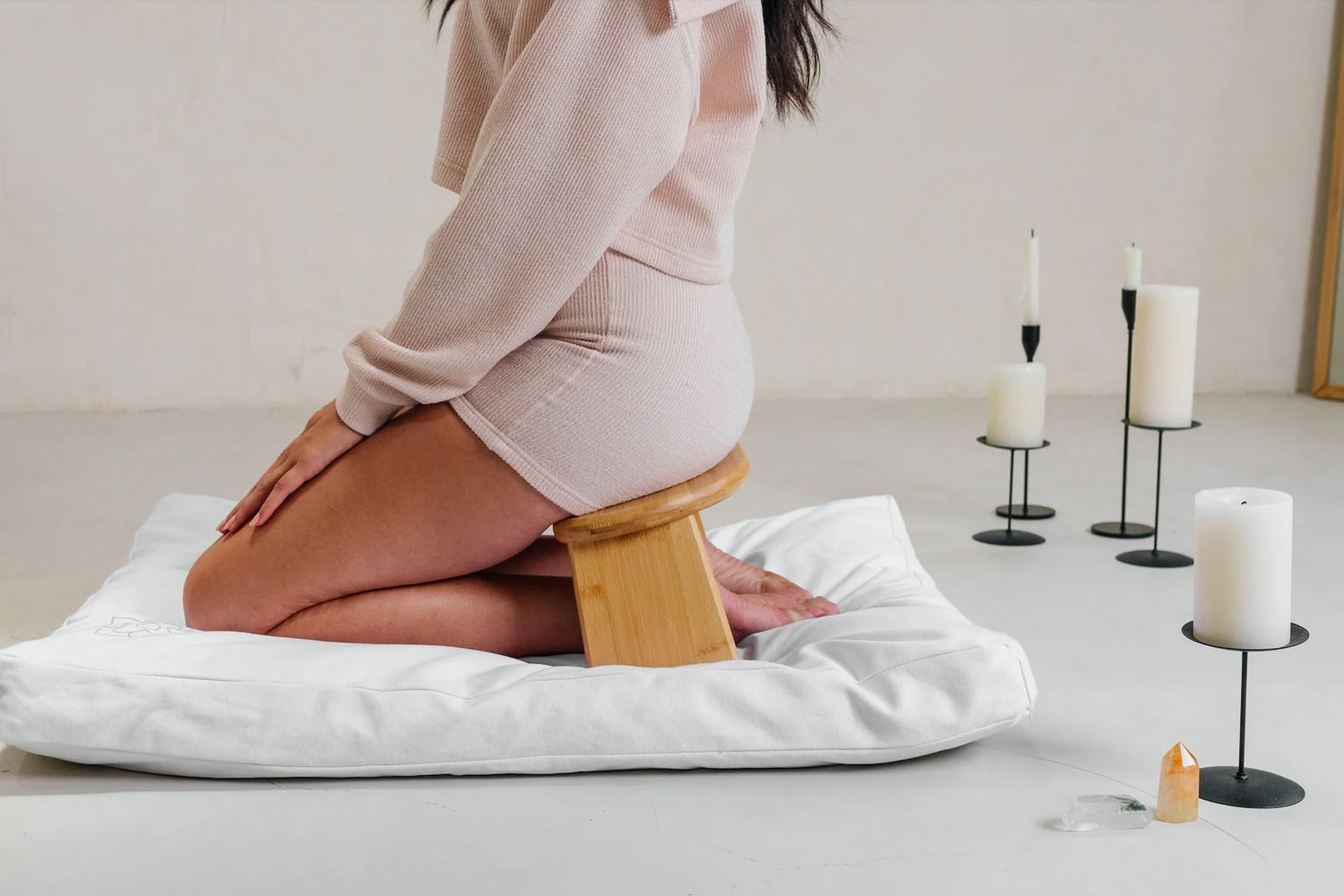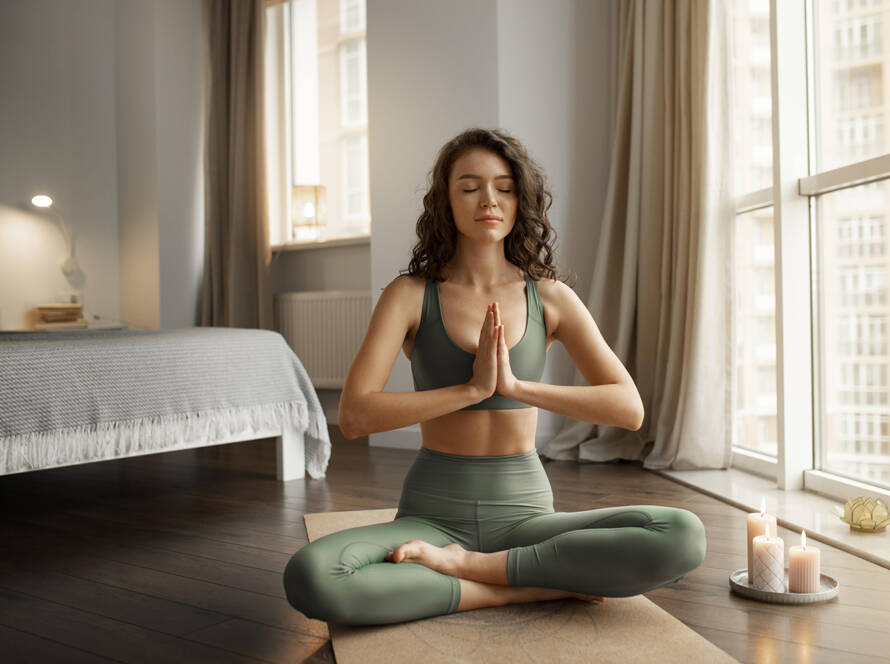
Comprehensive Guide to Meditation Benches
Meditation is a practice that has been embraced worldwide for its numerous physical, mental, and spiritual benefits. Among the various tools available to enhance meditation, the meditation bench stands out for its unique ability to offer comfort and stability, allowing practitioners to meditate for extended periods without discomfort. This tutorial will explore how to use meditation benches, why they are beneficial, the different types available, the best meditations for which they can be used, and some helpful tips for getting the most out of your meditation bench.
How to Use a Meditation Bench
Using a meditation bench correctly is essential to reap its full benefits. Here’s a step-by-step guide:
- Choose the Right Bench: Select a bench that suits your body size and the type of meditation you plan to practice. It should be sturdy and comfortable.
- Position the Bench: Place the bench on a flat surface. Some benches have slightly angled legs to help with balance and support.
- Kneel Down: Begin by kneeling on the floor with your knees apart and your buttocks resting on your heels.
- Slide the Bench Underneath: Carefully slide the bench under your buttocks, so that your legs are on either side of it.
- Adjust Your Position: Your buttocks should rest on the bench’s seat, and your shins should be flat on the ground. Adjust the bench and your legs until you find a comfortable position.
- Find Your Balance: Ensure that your back is straight but relaxed, your shoulders are back, and your head is aligned with your spine. Your hands can rest on your thighs or in a meditative mudra.
- Begin Meditating: Close your eyes, focus on your breath, and begin your meditation practice. The bench should provide support, allowing you to meditate without strain.
Why Use a Meditation Bench?
Meditation benches offer several advantages over other meditation tools such as cushions or chairs:
- Enhanced Comfort: They reduce the pressure on your knees, ankles, and back, making long meditation sessions more comfortable.
- Better Posture: They help maintain an upright spine, which is crucial for effective meditation.
- Versatility: Suitable for various meditation practices and can be used in different environments.
- Portability: Many benches are lightweight and foldable, making them easy to transport and store.
Benefits of Using a Meditation Bench
- Improved Posture: A meditation bench promotes a straight and aligned spine, reducing the risk of back pain and improving overall posture.
- Increased Comfort: By alleviating pressure points, it allows for longer meditation sessions without discomfort.
- Enhanced Focus: Comfort and proper posture help maintain focus and mindfulness during meditation.
- Reduced Strain: Minimizes strain on the knees, hips, and ankles, making it accessible for people with joint issues.
- Versatility: Can be used for various meditation practices, yoga, and even as a small stool for other activities.
Different Types of Meditation Benches
There are several types of meditation benches, each with unique features:
- Standard Meditation Bench: A simple bench with a flat or slightly angled seat.
- Folding Meditation Bench: Features foldable legs for easy transport and storage.
- Ergonomic Meditation Bench: Designed with a curved seat to better fit the natural curvature of the body.
- Adjustable Meditation Bench: Comes with adjustable legs or a tilting seat to customize the height and angle.
- Cushioned Meditation Bench: Includes a cushioned seat for extra comfort during longer sessions.
Best Meditations for Using a Bench
Meditation benches are versatile and can be used for a variety of meditation practices:
- Zen Meditation (Zazen): The bench supports the traditional kneeling posture used in Zen meditation.
- Mindfulness Meditation: Helps maintain focus and comfort, essential for mindfulness practices.
- Loving-Kindness Meditation (Metta): Comfort is key in Metta, as it often involves longer sessions of sending positive intentions.
- Vipassana Meditation: The bench aids in maintaining stillness and alertness required for insight meditation.
- Transcendental Meditation: Provides the necessary support to sit comfortably for extended periods, facilitating deeper meditation states.
Tips for Using a Meditation Bench
- Find the Right Fit: Experiment with different bench heights and angles to find the one that best supports your body.
- Use a Mat or Cushion: Placing a mat or cushion under your knees can add extra comfort.
- Practice Good Posture: Keep your spine straight and shoulders relaxed to avoid strain.
- Start Slowly: Gradually increase the duration of your meditation sessions to allow your body to adjust.
- Stay Consistent: Regular use of the bench will help your body get accustomed to the posture, making longer sessions more comfortable over time.
Conclusion
A meditation bench can significantly enhance your meditation practice by providing comfort, improving posture, and allowing for longer, more focused sessions. By choosing the right bench and using it correctly, you can experience the numerous benefits it offers. Whether you are a beginner or an experienced meditator, incorporating a meditation bench into your routine can be a game-changer in achieving a deeper and more fulfilling meditation experience.



